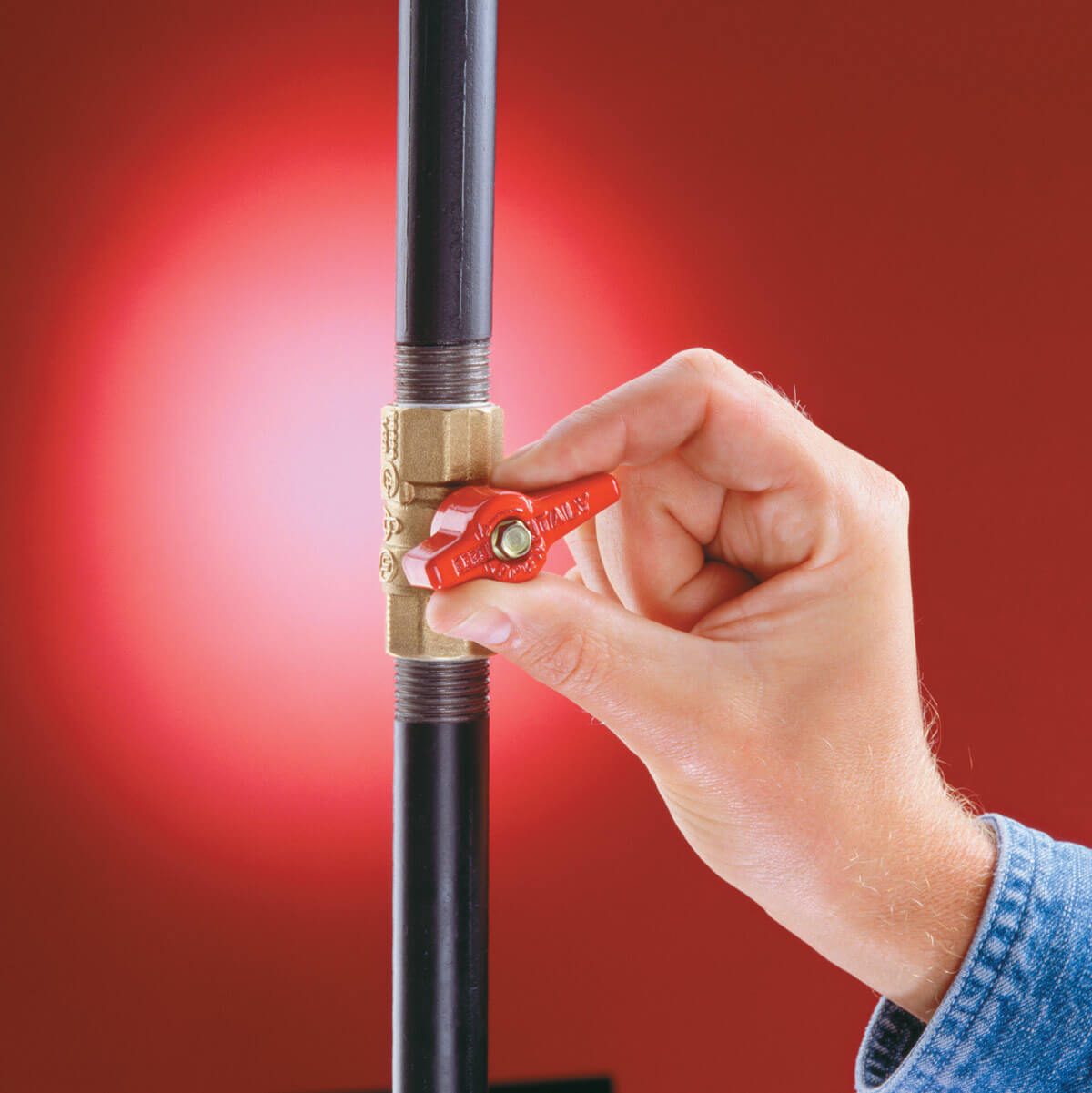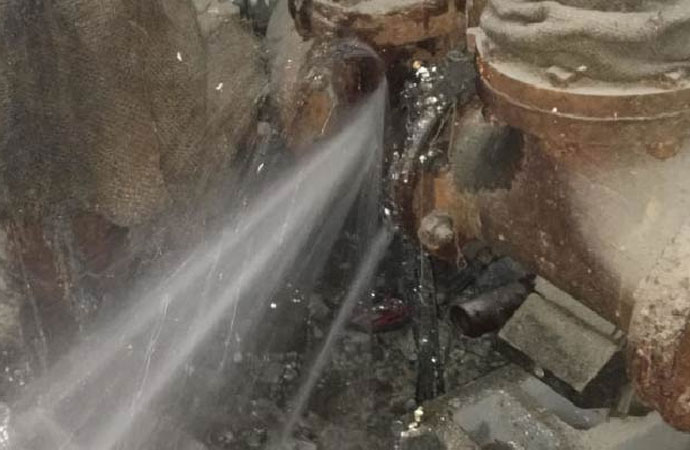Quick-Response Plumbing: Tips for Identifying and Dealing With Burst Pipes
Quick-Response Plumbing: Tips for Identifying and Dealing With Burst Pipes
Blog Article
Just how do you really feel when it comes to How to Prepare for Your Dishwasher Installation?

A ruptured pipe is a significant emergency; you can just stand as you watch water you pay a lot to rejoin with the planet. In worse cases, you notice a pool on your cooking area flooring, which is a wonderful trip risk, especially if you have kids around. If the pipeline that burst was in your walls, bad news: you might require to repaint that entire section.
Exactly how can a calamity like a ruptured pipeline be prevented and managed? Well, by paying attention to your professional emergency plumbings as well as complying with these policies.
Just how do I recognize when my pipelines have ruptured?
Varying water pressures
Pipes do not just burst in a day. You may have observed that your cooking area faucet or shower does not run immediately when you transform the faucet. It might pause for a few secs and afterwards blast you with more force than typical.
In various other circumstances, the water might appear typical in the beginning, after that decrease in pressure after a few secs.
Polluted water
Lots of people think a ruptured pipeline is a one-way outlet. Fairly the contrary. As water flows out of the hole or gouge in your plumbing system, pollutants discover their way in.
Your water might be polluted from the resource, so if you can, inspect if your water tank has any problems. Nevertheless, if your drinking water is supplied as well as purified by the city government, you ought to call your plumber right away if you see or smell anything funny in your water.
Puddles under pipes and sinks
When a pipe bursts, the outflow forms a puddle. It may appear that the puddle is expanding in dimension, and also despite the amount of times you wipe the puddle, in a few minutes, there's another one waiting to be cleaned. Frequently, you may not be able to map the puddle to any type of visible pipes. This is an indication to call an expert plumber.
Damp wall surfaces as well as water spots
Prior to a pipeline ruptureds, it will certainly leak, most times. If this persistent leaking goes undetected, the leakage might finish right into a vast tear in your pipeline. One very easy means to prevent this emergency is to watch out for wet walls ad water stains. These water stains will lead you right to the leakage.
Untraceable trickling sounds
Pipeline bursts can occur in the most unpleasant locations, like within concrete, inside walls, or under sinks. When the house goes silent, you might have the ability to listen to an annoyingly persistent dripping sound. Also after you've inspected your shower head and kitchen faucet, the leaking may continue.
Dear viewers, the trickling may be coming from a pipeline inside your wall surfaces. There isn't much you can do regarding that, except tell a specialist plumber.
Show up the Warm
Set up followers to blow warm into cold areas. Maintain the garage door closed. If you have actually minimized water flow, heat one of the most prone pipes (usually in basements and crawl spaces or near outside walls) with a hair dryer. Leave the tap on while you apply heat. As you thaw ice, the flow will raise. To avoid pipes from cold, protect your walls.
Beginning Eliminating the Water
Grab the wipe, buckets as well as a shop vacuum cleaner to start to get rid of the water since you certainly do not want it saturating into every little thing else in your house. And also, a quick tidy up will lower the possibilities of something getting musty.
What do I do when I find a ruptured pipe?
Your water meter will continue to run even while your water wastes. To lessen your losses, find the major controls and turn the supply off. The water mains are an above-ground framework at the edge of your property.
How to Fix & Detect a Leaking Pipe
How Do I Know if a Pipe is Leaking?
Leak detection tests can help you determine if your pipe has a leak. Even if you don’t see an apparent leak, you should still conduct leak detection tests regularly to save water and money—and prevent major damage to your home.
Water meter. It can be helpful to figure out what your usual water meter usage numbers are and then monitor them regularly. To monitor your meter, first, turn off all water faucets in your home. Check the meter and write down the numbers. In a few hours, check the meter again. If the numbers have changed, you have a leak. Water gauge. Use a water gauge to test your water pressure. Your showerhead should produce a certain amount of water pressure based on its model and design. If the pressure is lower than it is supposed to be for that specific showerhead, your home likely has a leak. Puddles. Look inside your bathroom, laundry, and kitchen sink cabinets. Puddles around the cabinets or around toilets, tubs, showers, and washing machines indicate the presence of a leaking pipe. You may also notice loose tiles, peeling or flaking paint, or mold caused by water accumulation. Napkin test. Even if you don’t see any puddles, you may still have a leak. You can test for water leaks in the bathroom, laundry, and kitchen by wiping below-sink connections with a napkin, paper towel, or piece of toilet paper. If it becomes damp, you probably have a leaking pipe under the sink. Discolored walls. Walls that are discolored—usually with brown or yellow stains—or bulging might mean that they have been impacted by water damage caused by a leaking pipe. Smell. A leaky pipe will create sitting water, and over time, that water may develop a musty smell. If your home smells musty, but you can’t locate the source, it may be due to a leak. Steps for Fixing a Leaking Pipe
A leaky drain can be remedied by tightening the pipe base, replacing the drain seal, caulking the rim, and tightening the pipe nut. Similarly, a leaking toilet pipe can be treated by tightening the packing nut. You may also need to replace the valve. A leaky faucet may just need tightening or replacement of the washers. If that doesn’t work, consider replacing your faucet. If your pipe has a hole in it, you may want to use a pipe leak sealer or pipe leak tape. This quick fix for water pipe leaks can also temporarily fix a copper pipe leak. https://www.ahs.com/home-matters/quick-tips/how-to-tell-if-pipes-are-leaking/

We hope you enjoyed our piece on How to Prepare for Your Dishwasher Installation. Thanks a ton for taking the time to read our article post. Do you know about another individual who is curious about the niche? Take a moment to share it. I recognize the value of reading our article about How to install a dishwasher safely.
More Details
Report this page